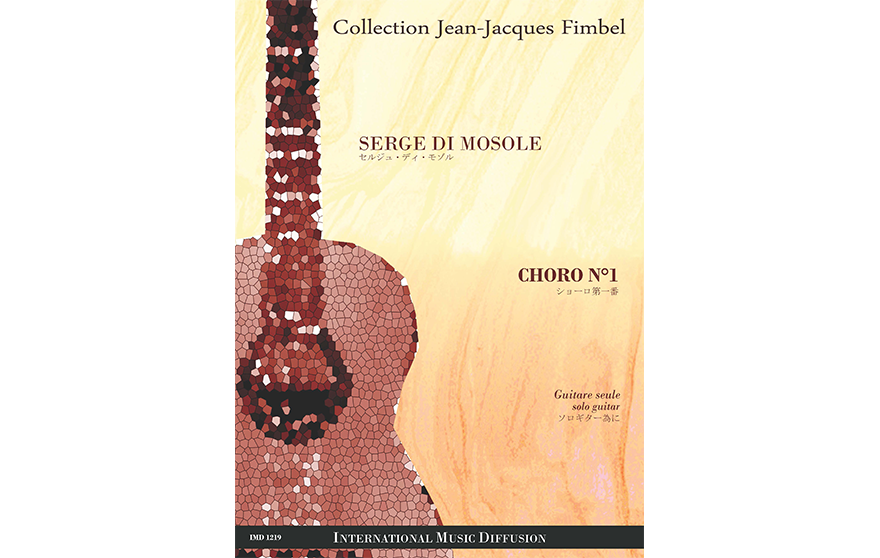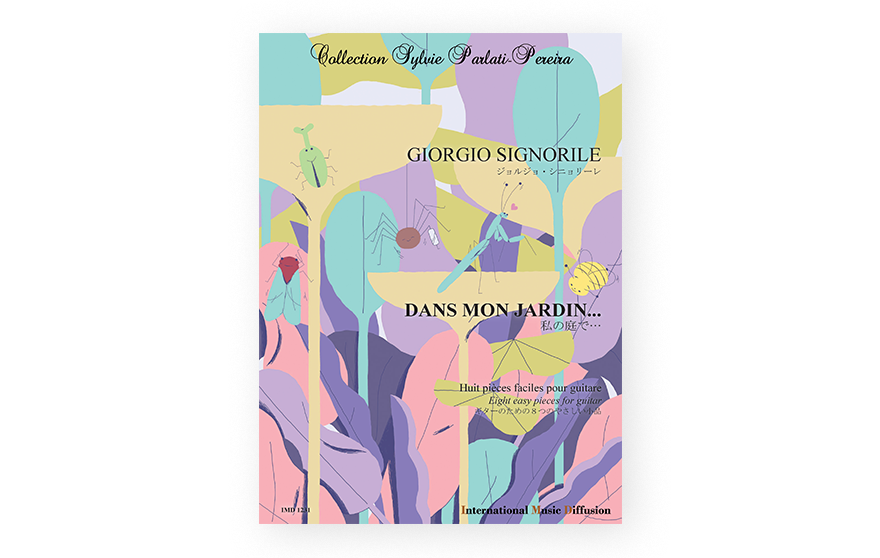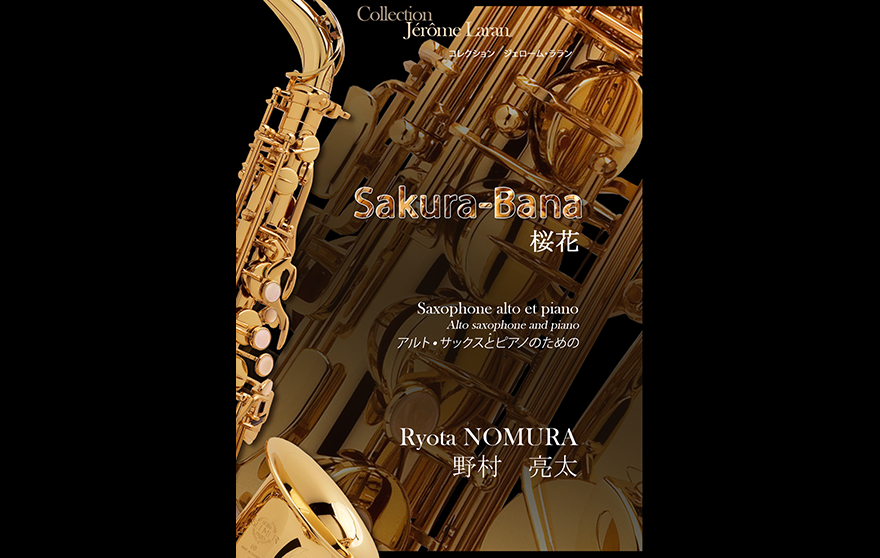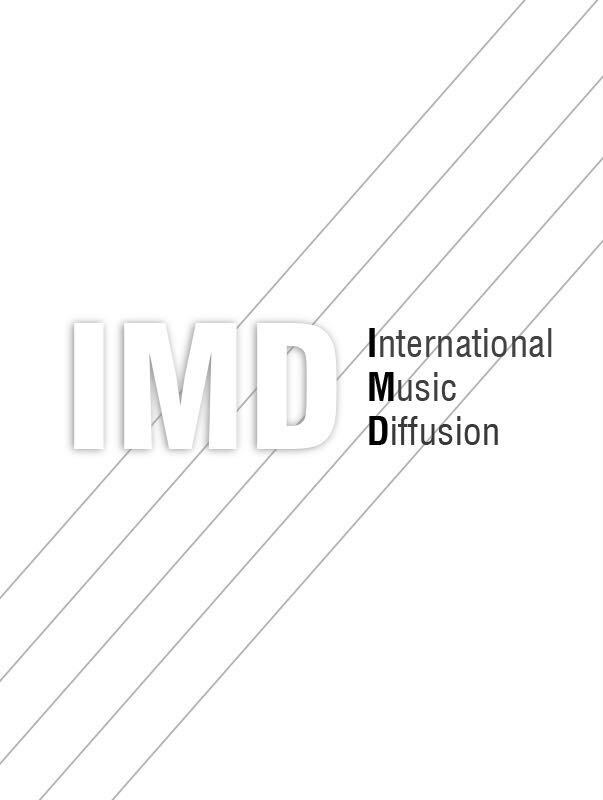1-What is your background as a musician?
I have a rather eclectic background as a musician. I started playing music when I was 17/18 years old, forming a reggae band in Nîmes. And it is while wanting to improve my technique of guitarist that one year after these beginnings, I decide to go to take lessons of classical guitar with Guy-Jean Maggio, that I had met some time earlier. I was so moved by the discovery of the repertoire of this instrument that I quickly decided to make it my profession. I entered the Marseille Conservatory at the age limit in René Bartoli's class and three years later I obtained a first prize, a Gold Medal as they used to say at the time, unanimously approved by the jury. In Marseille I also took writing classes which were obviously very useful to me. In the meantime I met Roland Dyens during his summer course in Puget-Théniers in the Alpes-Maritimes. The link with this already great name of the guitar at the time, is strong and once I obtained my prize, I come to Paris to continue my training with him at the Musical Institute of Paris where I will obtain a prize of excellence then of superior. But more than prizes, thanks to him I learned to know and understand this instrument and even today my teaching is very much shaped by what he transmitted to me. He has also often advised me on composition and in the composer I am today a certain number of elements and ways of doing things come from him.
In parallel to my studies, I created the Musyriade quartet composed of a flute, a double bass, percussions and of course a guitar. This quartet was my laboratory of experience where I could satisfy my need to invent, to put in place acquired notions and to make live by the stage each of the compositions or arrangements written for this ensemble. A musical experience of almost fifteen years but which could start again at any time.
After these years of chamber music, it is the world of the song, my starting point, which will return with initially the show Brassens da Bahia, where I revisit the songs of Georges Brassens in the Brazilian way then in the wake of this first experiment of French Samba, with my compositions.
Currently it is the hybridization which characterizes my work as a musician. The song and the instrumental music cross to I hope to lead to another type of proposal of concert.
2- Can you describe your style as a composer? What are your musical inspirations and influences?
I am a composer with 360° influences. All styles, all aesthetics from all countries and all eras interest me. If in recent years tonal music has become established in my work, it has not always been so, and even recently in two experiments with music for the image, atonality has come back as a matter of course. From Pergolese, Monteverdi, Bach, Mozart, Sor, Beethoven, Litz to Hindemith, Bartok, Stravinsky, Varèse, Debussy, Ravel, Pierre Henri passing by Bob Marley, James Brown, Chick Corea, King Crimson, David Bowie, Miles Davis, Monk, to give only these few names of a huge list, everything interests me, pleases me, nourishes me and this without any hierarchy of value..
3- Introduce us to your latest work MINIATURES CREOLES.
The Creole miniatures are the result of a request made to me by Jean-Jacques Fimbel, director of the collection at IMD, to write pieces with a tropical character for a public of classical guitarists of cycle 1 and 2 level. The thing was not simple for me because the notion of tropical music, very anchored in me because of my Cape Verdean origins by my mother and Martinique by my father, had to reflect respectfully the spirit of these musics, and especially not to fall into what is called in the Antilles the "doudouisme", that is to say music which gives itself airs of tropical music without having the essence of it. In addition to this, I had to take into account that this music is intended for musicians who have between 3 and 6 years of instrumental practice, and therefore must be accessible. I thus chose not to go towards traditional music, with the exception of the fifth which is a Creole mazurka, but to focus more on the word "Creole" and more precisely on the notion of creolization so dear to the Martinican poet Edouard Glissant. Thus the word miniature took for me the meaning of images of reduced size by which it was possible to introduce a poetic touch that the title of each of these miniatures recalls: The black Pierrot and the chabine moon, Of the African soul, Madras dolls, Elegy in memory of the cutters and cane cutters disappeared.e.s and Lovers dancing in the street of black boxes.
tic idea,Therefore, in the desire to modestly give birth to a process of creolization, if one can give birth to it, these five short pieces start from melodic and rhythmic elements specific to these musical tropics and by the underlying poe with the complicity of the classical guitar, go towards an elsewhere yet to be determined.




